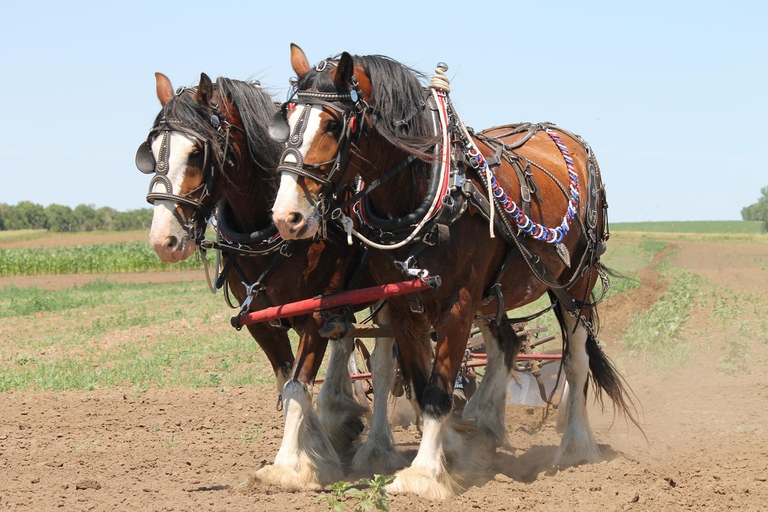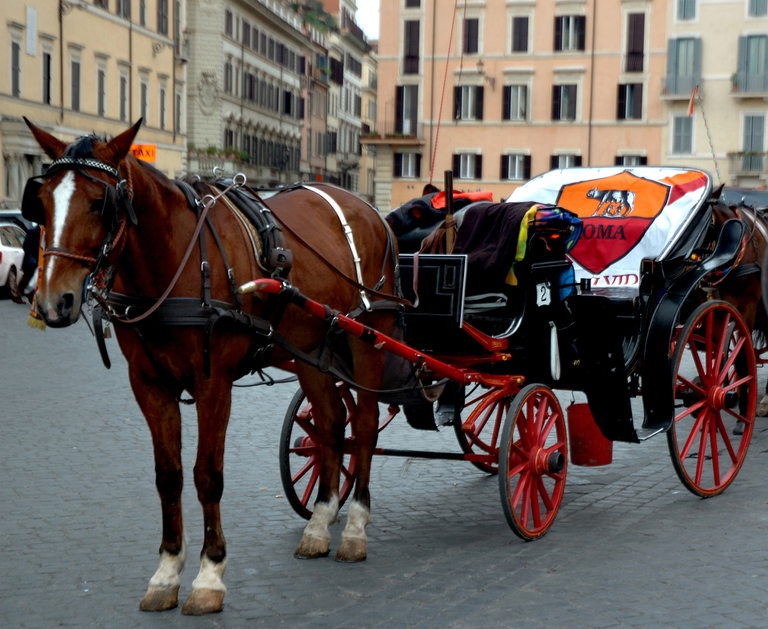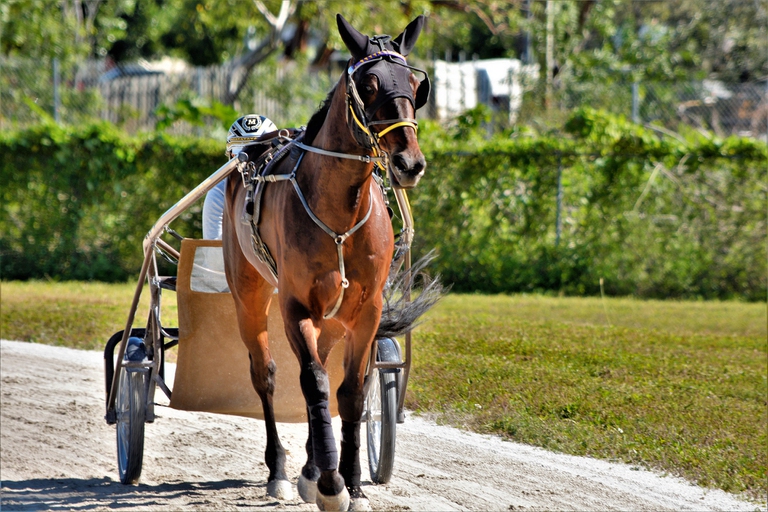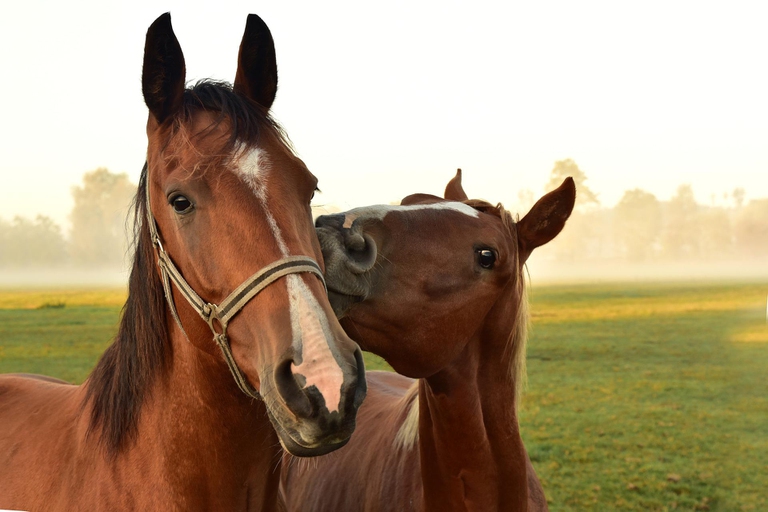https://www.lifegate.it/cavalli-carrozze-caldo-killer
- |
- With the arrival of the heat, the problem of wheelchairs and horses used for towing arises again.
- And, like every year, there are accidents and quadrupeds that collapse due to the heat and high temperatures.
- The expert explains to us the thermoregulation of equines to better understand the physiology of an animal that man has exploited for centuries.
The long one summer hot starts to cause victims.And it affects the animals in the service of man who are exploited and slaughtered to work.In the foreground i horses, faithful servants who, over the centuries, have borne the burden of the human yoke and hard and unrewarded work.We see it these days as, unfortunately, in every period of high temperatures.Equines exhausted by fatigue and heat that collapse and die on the asphalt, victims of schedules and efforts that are too heavy for their bodies to bear and manage.
And while ordinances to limit the use of wheelchairs are multiplying small barrels during the hottest hours, however, horses continue to be used without taking their physiological system into account.We talked about this with an expert:the doctor Dora Li Destri Nicosia, veterinary doctor with a master's degree in equestrian rehabilitation who has dedicated himself for years to the study of the human/animal relationship.

Horses and carriage circulation
And precisely in this sense comes the first ordinance from the mayor of Rome – Roberto Gualtieri – aimed at protecting the horses of the barrels from the record heat of this early summer.The mayor of the capital who, for the first time since his election, finds himself managing an issue that has been at the center of debates and protests for years now, has established the traffic ban of traditional horse-drawn carriages partial or total depending on weather conditions.
The ordinance, in force until September 15th, in fact, prohibits small bottles from circulating from 11:00 at 18:00 on days characterized by heat risk levels 2 And 3 (communicated by the alarm system for the prevention of the effects of heat waves on the health of Ministry of Health and Civil Protection of Rome).And then an absolute ban on driving at any time of the day if the thermometer shows temperatures above 35 degrees.It's a shame that it all arrived when the heat was already raging in June and the Roman bottles continued undaunted to parade through the avenues of the capital.
After Gualtieri, here is the position taken by the authorities Pisa with the ordinance that, until September 15th, prohibits from 11.30am to 4.30pm the circulation of public animal-drawn vehicles, which is gradually joined by various resolutions from other Italian cities.In fact, they also align with the Tuscan city Palermo, Messina And Sorrento, prohibiting the use of carriages during the hottest hours of the day, and Verona which instead abolished them completely, just like the Royal Palace of Caserta.But everything remains only a palliative, given that we continue not to address it physiological state of horses and their resistance to heat and sultriness.

Horses and excessive heat
“The horse, like all animals homeotherms, must keep their body temperature constant (in a range that fluctuates on average between 37.5 and 38.5 °C), through mechanisms that allow it to balance both the endogenous heat produced (from metabolic activities and muscular work) and the heat dispersed (through sweating, breathing, the emission of excreted secretions) together with the environmental temperature", explains the Dr. Li Destri Nicosia.
“This also happens by implementing a series of strategies (behavioral, for example, such as immobility, the search for shelter from solar radiation, lower food intake and physiological weight loss during the summer season), and mechanisms of thermoregulation that depend on correct endocrine balance (such as, for example, the mechanisms that govern the replacement of the coat)”.
“Sometimes, conditions linked to the advanced age of the animal, to pathological states, or to management errors (the practice of shearing can influence the correct turnover mechanisms underlying the seasonal moulting of the coat or the pilo-erection mechanisms) prevent or hinder the efficiency of these physiological processes".

The factors that influence the correct dispersion of heat
As for the so-called “thermal comfort zone” of the horse it must be said that this actually depends on a combination of factors linked primarily to the union between the environmental temperature and the relative humidity of the air (the latter factor which reduces the efficiency of the heat dissipation mechanisms through sweating ).Secondly, other factors that influence the ability of correct thermo-dispersion are:
- the constitution and metabolism of the animal (heavy animals or those with large muscle masses generally have less resistance to heat);
- training and getting used to high temperatures;the duration and intensity of the work required;
- the correct electrolyte balance (which in conditions of massive sweating must be restored through the intake of food supplements);
- environmental ventilation;
- shelter from direct solar radiation (through the possibility of access to shaded areas);
- the refraction of solar rays on the ground (or by any surrounding buildings present in an urban environment).

The differences between urban and rural contexts
“All this must be taken into consideration in relation to the work of a horse on theasphalt and in an urban context full of buildings compared to that of an animal performing the same work on grass and in rural environment.In the first case, in fact, the heat perceived, with the same amount of solar radiation, will be much greater.In addition to the temperature factor, obviously the work of a horse in metropolitan context it differs greatly in other aspects, relating to the forte noise of the context and in general the lack of naturalness of the same (which subjects the animal to stressful stimuli and anomalous, in terms of variety and quality).
Another factor to take into consideration, in the work of a horse pulling a carriage on asphalt, is undoubtedly that relating to mechanical response of the soil to the impact of the hooves, which subjects the osteo-tendinous and joint structures to greater stress than an animal carrying out the same work on natural terrain", the expert explains further.In short, from a veterinary point of view there are many specifics to observe and keep in mind if you really want to discern the health and well-being of working horses.But unfortunately, more often than not, ignorance and carelessness reign supreme and the losers are, once again, the equines and their health.
